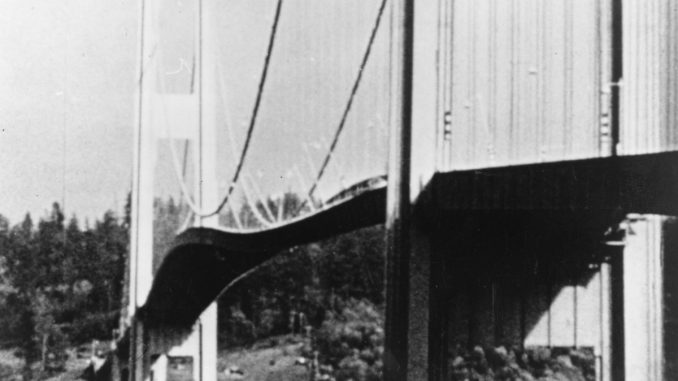

The Tacoma Narrows Bridge collapses due to high winds on November 7, 1940.
The Tacoma Narrows Bridge was built in Washington during the 1930s and opened to traffic on July 1, 1940. It spanned the Puget Sound from Gig Harbor to Tacoma, which is 40 miles south of Seattle. The channel is about a mile wide where the bridge crossed the sound. Sleek and slender, it was the third longest suspension bridge in the world at the time, covering 5,959 feet.
Leon Moisseiff designed the bridge to be the most flexible ever constructed. Engineers of the time believed that the design, even though it exceeded ratios of length, depth and width that had previously been standard, was completely safe. Following the collapse, it was revealed that the engineers had not properly considered the aerodynamic forces that were in play at the location during a period of strong winds. At the time of construction, such forces were not commonly taken into consideration by engineers and designers.











Be the first to comment